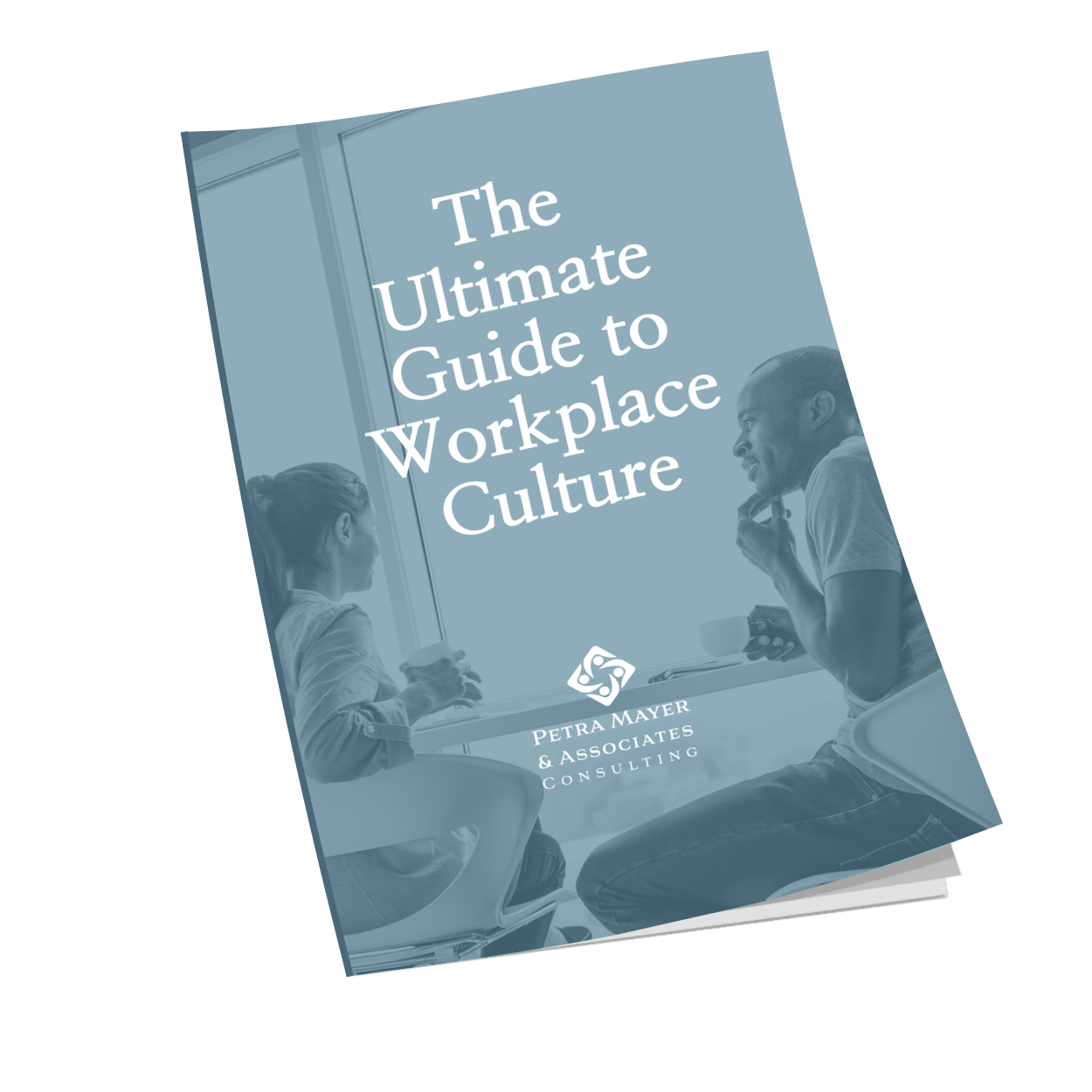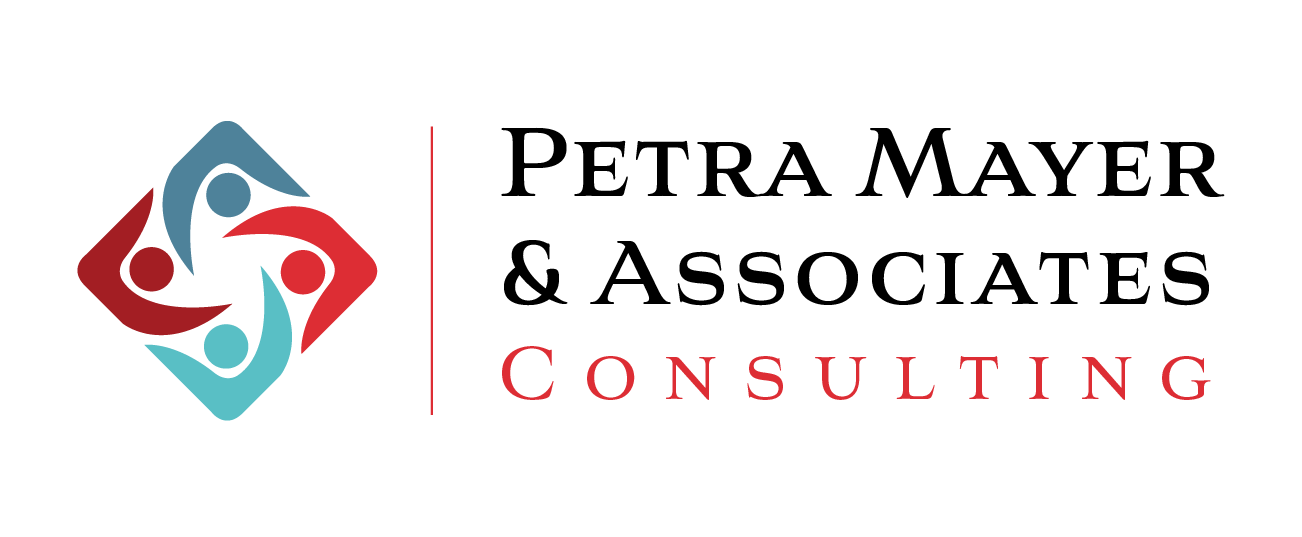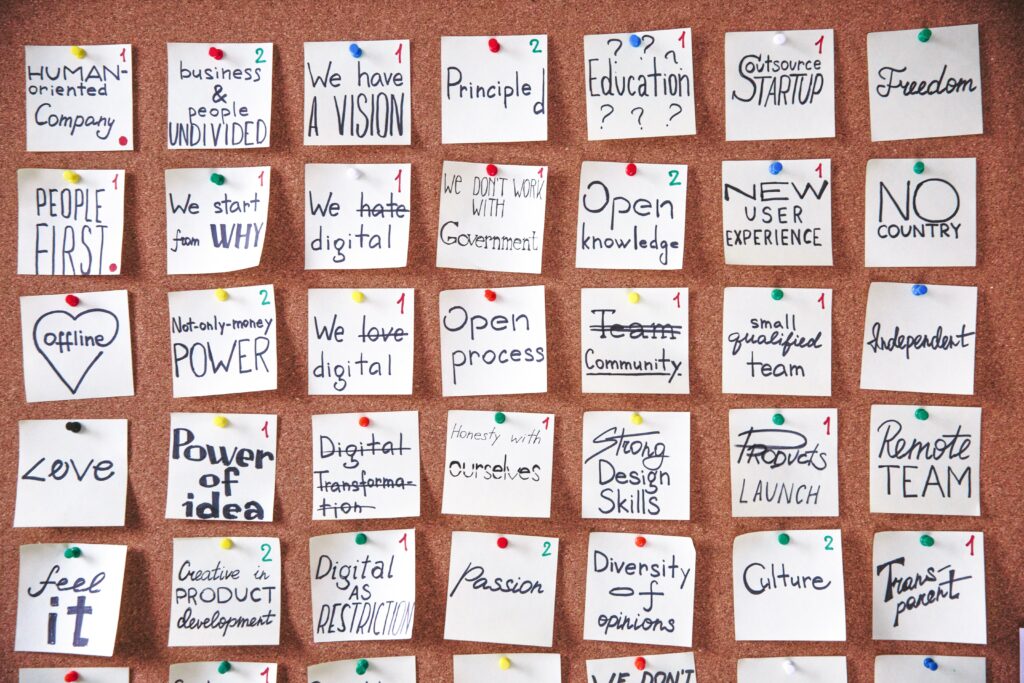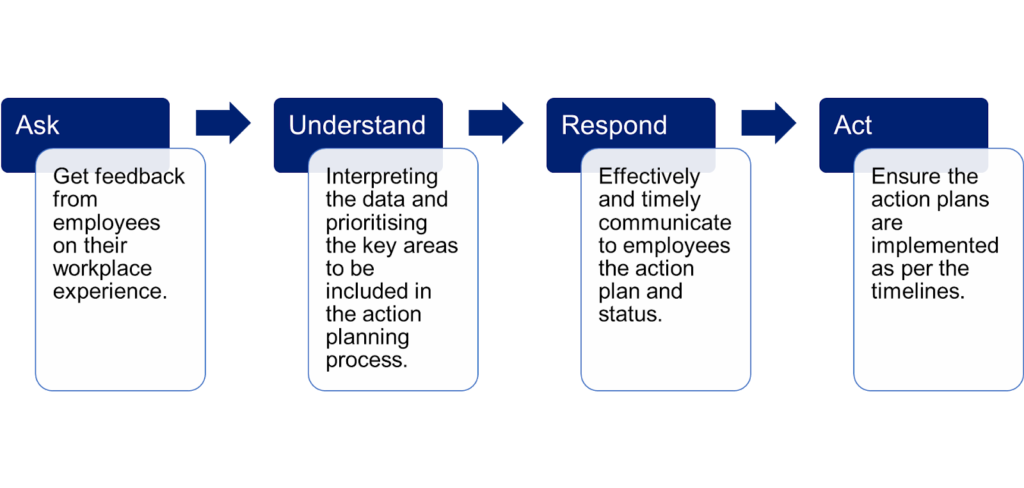During the 20th Century, businesses competed mostly for customers. The question they had was ‘how do we grab the maximum possible market share, grow our customer base and create value for the shareholders?’ Obviously, they soon realized that in order to win in the marketplace for customers, they first had to win in the talent marketplace. This idea gave rise to extensive research in finding the best talent. And, whether that talent was putting their best efforts toward the company’s goals. In short, the term “Employee Engagement” was coined, becoming a turning point for business performance. As research around employee engagement grew, there was the discovery of a missing link—workplace culture!
Workplace Culture
The sum of all practices followed, behaviours displayed and expectations laid out in the organization translates to Workplace Culture. Additionally, it may also be known as the way of life in an organization. That’s what makes it so special. Every organization will have its own way of running their business. These defining features will really depend on the vision, mission and purpose already established. Furthermore, having the right workplace culture enables employees to translate that purpose into products and solutions for customers. Therefore, the right workplace culture, when experienced by the employees helps drive business. And, can also be used as a defining factor in hiring and retaining talent.
Employer Branding
The Employer Branding Strategy is key to ensure your workplace culture translates to new and current employees. Employer branding derives from the Employee Value Proposition (EVP). The EVP is a set of benefits that an employee can always expect from the employer during their time with the organization.
Employee Experience
Employee Experience defines how employees at the workplace experience the EVP. This is influenced by the following:
- Processes & Practices: Has your organization established the right HR processes and people practices in the workplace?
- People Managers: Do you equip and train people managers to deliver those practices to their team members?
Measuring your employee experience is an important step in managing and improving your workplace culture. We recommend the Trust Index© Survey developed by the Great Place To Work® Institute. They are considered a global standard in workplace culture assessments, and is used by thousands of organizations every year across more than 60 countries! This model for measuring employee experience is based on measuring trust levels in the workplace.
Employee Engagement
Where the features of the EVP, and the daily reality of the workplace connect, you have Employee Engagement. Indeed, organizations with highly engaged employees will ensure they keep tabs on changes, if any, between EVP features and employee experience. Clearly, the key difference is effective action planning.
Action Planning
Action planning involves analyzing the Employee Survey Data. Collected data is measured using models like the Trust Index© survey. And, after careful consideration, identifying the areas of your workplace culture that can be improved. Additionally, the AURA© process, developed by LOFT Consulting and delivered in association with Petra Mayer & Associates Consulting, is an example of how the action planning process can be highly effective.
Great Workplaces
Great workplaces strive to create a place where employees want to come to work rather than needing to come to work. A space where employees thrive toward business success. Undoubtedly, building a great workplace culture is an on-going journey. A journey of constant improvement. And, your partner in that journey is effective action planning.
More Resources about Corporate Culture:



